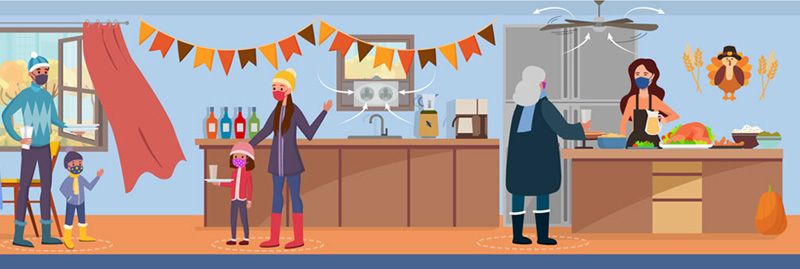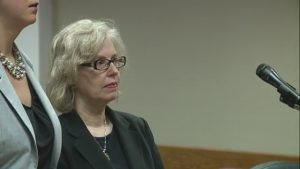Thanksgiving is my favorite holiday, both the Canadian, in early October, and the American, today, the last Thursday in November.
The U.S. Centers for Disease Control (CDC) has finally found a consistent voice and has recommendations to make #Thanksgiving safer. Bring your own food and drinks, stay at least 6 feet apart, and wash your hands often. Choose outdoor or well-ventilated spaces.
Most importantly, CDC and others strongly recommend to celebrate only with those you live with, and use virtual gatherings with others (I am exceedingly thankful for the electronic toys we have to help weather the pandemic; 1918 and the Spanish flu would have really sucked).
Of course, the current White House occupant is planning on hosting several parties throughout the holidays. Please ignore Trump et al. and listen to the science.
To that end, the N.Y. Times surveyed 635 epidemiologists and found that most are staying at home, and that those who are gathering with family or friends are taking precautions or rethinking their holiday rituals altogether.
Enjoy your Thanksgiving my American friends and colleagues, and be thankful that someone will live with you.
Australia has somewhat enviable statistics related to this pandemic and the lesson that America is only beginning to grasp is this: go fast, go hard and go smart to limit the spread of coronavirus or any illness.



 There are the pit bulls, chained and unchained. The scary-looking guy with bloodshot eyes. The 37 houses in a row with people who don’t want to talk. The trailers in the middle of the desert with only a TV watching over a couple of kids.
There are the pit bulls, chained and unchained. The scary-looking guy with bloodshot eyes. The 37 houses in a row with people who don’t want to talk. The trailers in the middle of the desert with only a TV watching over a couple of kids.